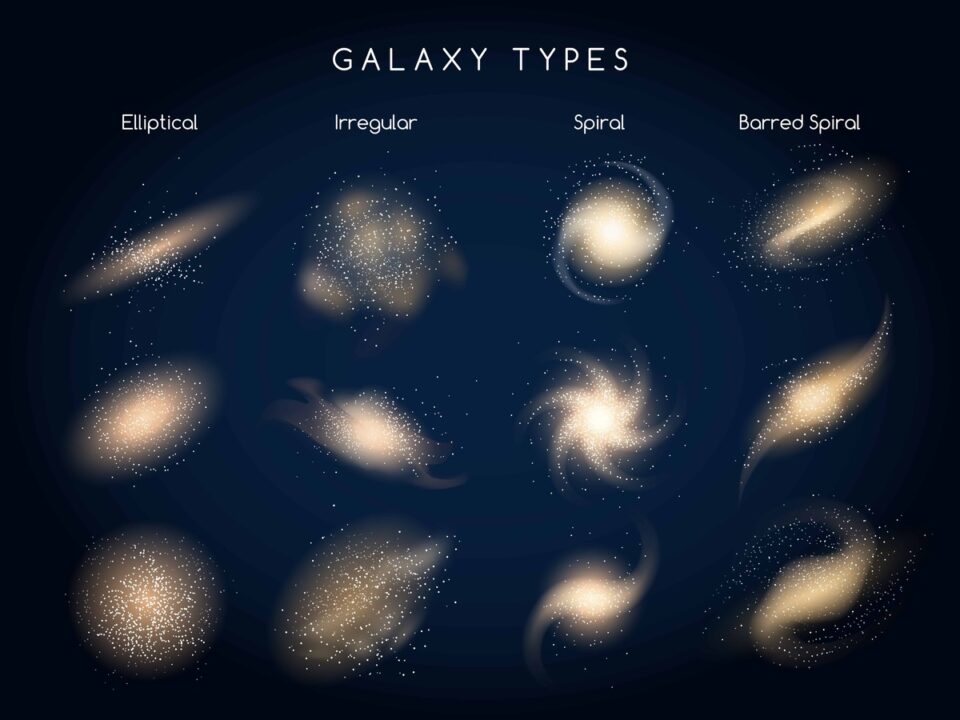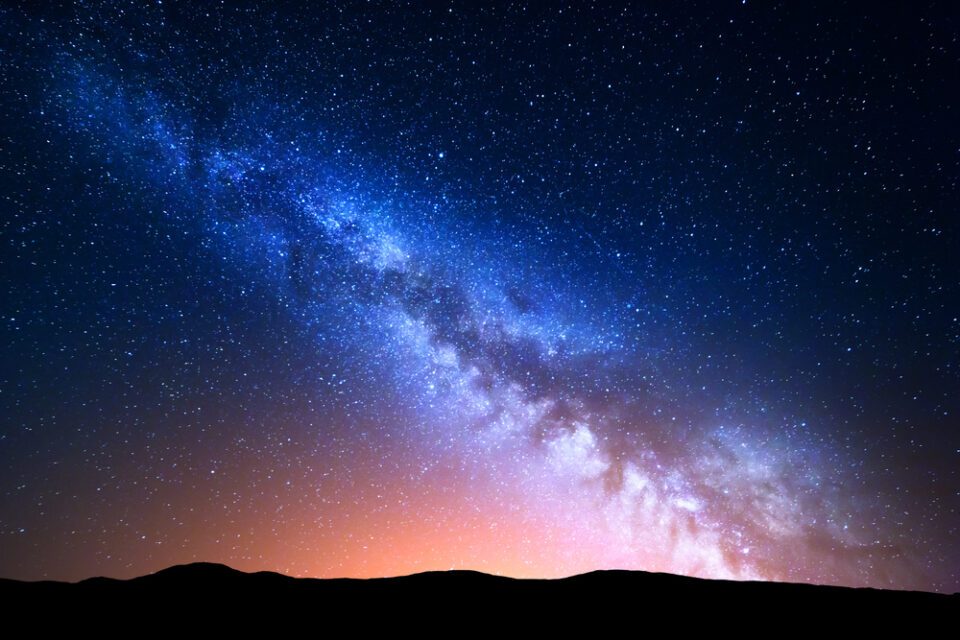
Facts about the Milky Way and Other Galaxies
If you’ve ever taken your children to a remote campsite, or anywhere it gets truly dark, they’ve probably noticed the night sky there looks very different than it does in a town or a city. In these places, stars fill the sky—and, if you’re lucky, you can see a bright band that streaks overhead.
That band is the Milky Way, the galaxy our solar system calls home. But what is a galaxy? Here are some facts to teach your kids about the Milky Way and the many other galaxies in our universe.
Learning about Galaxies
A galaxy is a collection of stars, gas, dust, and solar systems held together by gravitational pull. Galaxies can vary in size. Some have only one thousand stars—like Segue 1 and Segue 3, the two smallest known galaxies. Others have more than two hundred billion stars like UGC 2885, the largest known spiral galaxy. Spiral galaxies, including the Milky Way, make up over half of the observed galaxies, but there are many other kinds as well.
How Do Galaxies Form?
The formation of galaxies occurs when clouds of gas collapse and begin to rotate around themselves. Over time, they begin to form stars and grow into a galaxy. Scientists estimate there are more than two trillion galaxies in the universe. But even with so many galaxies in space, the average estimated distance between galaxies is around one million light-years—meaning that if you traveled on a spaceship going five miles every second, it would take you more than 37 billion years to reach the next closest galaxy.

Types of Galaxies
Did you know that galaxies not only come in different sizes but different shapes? The shape and orientation of a galaxy are determined by its history, which may have included interactions with other galaxies. Galaxies fall into three main categories: spiral, elliptical, and irregular.
What Is a Spiral Galaxy?
Spiral galaxies have a more complex structure than other types of galaxies, with a dense central bulge of matter and a flat, rotating disk shape with far-flung “arms” surrounding the center. They also actively form new stars.
There are two subcategories of spiral galaxies: normal, where the spiral arms connect to the galaxy’s center, and barred, where the arms usually connect to either end of a bar of stars that passes through the galaxy’s nucleus. About 60 percent of all galaxies in the observable universe are spirals, including the Milky Way and its nearest neighbor, the Andromeda galaxy.
What Is an Elliptical Galaxy?
About one-third of all galaxies in the known universe are elliptical galaxies. This means they have a flat, oblong shape without any arms. Astronomers believe that ellipticals form when smaller galaxies merge. Ellipticals tend to be less active galaxies, containing older stars and less gas and dust than spirals. But they can still be enormous. The largest—and rarest—ellipticals are called “giant ellipticals” and are about three hundred thousand light-years wide.
What Is an Irregular Galaxy?
Irregular galaxies have no concrete size or shape and were common in the early years of the universe. They usually contain very little dust and tend to be small galaxies with their own stars. Many irregular galaxies act like satellites, orbiting larger galaxies as they move through space. The Milky Way has at least 50 satellite galaxies, including the irregular Large Magellanic Cloud.

The Milky Way: Not Made of Dairy
Some scientists believe that only 10 percent of all the galaxies in the universe can support life, and only one galaxy has been proven to contain it: Our home, the Milky Way galaxy. According to NASA, the Milky Way is a spiral galaxy formed around 13.6 billion years ago and belongs to a gravitationally bound collection of 30 galaxies called the Local Group.
The Milky Way is about one hundred thousand light-years in diameter and contains approximately one hundred billion stars. In fact, our galaxy is so big that it takes our solar system 250 million years to rotate around the galaxy’s center.
Inside the Milky Way, you’ll find planets, asteroids, stars, clouds of dust and interstellar gas (called nebulae), and dark matter (particles that don’t reflect or emit light). But one thing you won’t see is milk (except maybe in your fridge). So, who came up with the name of our galaxy in space?
The name comes to us from the ancient Greeks and Romans. When they looked up at night and saw the white band of the Milky Way stretched across the sky, they created a story about Hera, queen of the Olympian Gods. According to the myth, Hera spilled milk taking care of baby Heracles, and the milk splattered across the night sky to create the Milky Way. This is why the ancient Greeks called it Galactos (which translates to “milky thing in the sky”), and later the ancient Romans called it via lactea (the “road of milk”).
Other cultures developed different names for the Milky Way. In China, it’s known as “the silver river,” while people in Africa’s Kalahari Desert (in Botswana, Namibia, and parts of South Africa) call our galaxy “the backbone of night.”
What about Black Holes?
Inside the Milky Way (and all other large galaxies) are a number of black holes—the Milky Way alone contains more than one hundred million of them. These are areas in space with such an immense gravitational pull that nothing (not even light) can escape.
Most black holes form when a star dies in a supernova explosion. However, not every star becomes a black hole. To become a black hole, a star must be at least twice as dense as our Sun. There are three main types of black holes:
- Stellar: These black holes can be two to one hundred times as dense as the Sun.
- Intermediate: These black holes contain one hundred to one million solar masses.
- Supermassive: These black holes have masses millions to billions of times greater than our Sun. The Milky Way has a supermassive black hole called Sagittarius A* (pronounced “Sagittarius-A-star”) at its center, which weighs about four million solar masses. Our solar system sits about 26,000 light-years away from Sagittarius A*. Despite that great distance, Earth, the Sun, and everything else in the Milky Way orbits around Sagittarius A* because of its strong gravitational pull.

Help Your Kids Explore the Wonders of Space
Outer space is truly fascinating—and, according to scientists, all the facts we know about the universe only scratch the surface. Astronomers believe we still have an enormous amount of the universe left to explore!
